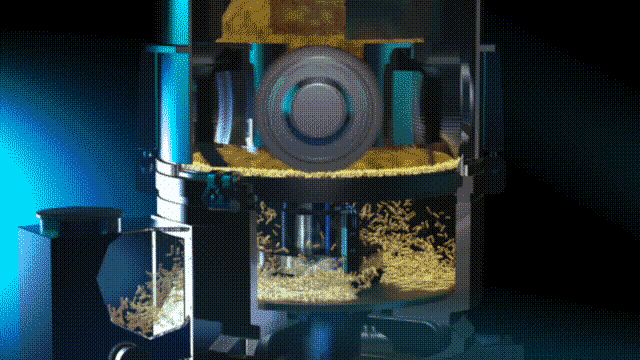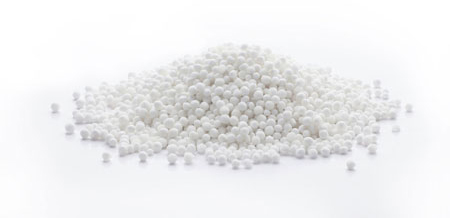

Advanced Carbon Capture Methods Using Catalysts and Absorbents
Carbon capture technology is the next step in addressing climate change by reducing the amount of carbon dioxide (CO<sub>2</sub>) released into the atmosphere from industrial sources. Among the various methods employed, the use of catalysts and absorbents has shown significant promise. These methods leverage the properties of specific materials to enhance the capture and storage of CO<sub>2</sub>, thereby improving efficiency and effectiveness.
Carbon capture technology is the next step in addressing climate change by reducing the amount of carbon dioxide (CO2) released into the atmosphere from industrial sources. Among the various methods employed, the use of catalysts and absorbents has shown significant promise. These methods leverage the properties of specific materials to enhance the capture and storage of CO2, thereby improving efficiency and effectiveness.
Catalyst and Absorbent Applications in Carbon Capture
Catalysts and absorbents have the ability to selectively interact with CO2 molecules. The efficiency of these materials is often determined by their surface area and porosity, which facilitate the adsorption of CO2. Various materials serve as effective sorbents, including solid amine-based adsorbents, carbon-based adsorbents, zeolites, metal-organic frameworks (MOFs), and alkali metal carbonates.
- Solid Amine-Based Adsorbents: These materials involve immobilizing amines on solid supports, providing high CO2 capture capacities due to the chemical interaction between the amine groups and CO2. The use of mesoporous silica, carbon, and certain polymers enhances the performance of these adsorbents by offering high surface areas and proper porosity.
- Carbon-Based Adsorbents: Carbon materials such as activated carbon, carbon nanotubes, and graphene are known for their high surface area and ease of functionalization. These properties make them suitable for CO2 capture, especially when modified to increase alkalinity through nitrogen doping or the addition of amine groups.
- Zeolites and MOFs: These materials are crystalline structures with high surface areas and tunable porosity. Zeolites, in particular, are effective at low temperatures, while MOFs can be tailored for specific CO2 capture applications due to their modular nature.
used in carbon capture
Granulation Technologies: Pelletizers and Spheronizers
Granulation technologies like LCI’s extruders and spheronizers enhance the properties of absorbents used in carbon capture. The production of granules with good packing characteristics, low friability, and high absorbent properties help make CO2 capture systems the most efficient.
- Pelletizers: These devices are used to form materials into pellets through extrusion or other means. The resulting pellets have uniform size and shape, which contribute to improved packing density and mechanical strength. This uniformity ensures consistent performance in CO2 capture systems.
- Spheronizers: The spherical shape provides several advantages, including lower friability (reducing dust and degradation during handling) and improved flow characteristics. Spheronized granules also tend to have better surface area and porosity, enhancing their ability to adsorb CO2.
The granulation process involves multiple steps, including mixing, extrusion, and spheronization, to ensure that the final product meets the required specifications for CO2 capture applications. The choice of binder and processing conditions can significantly impact the physical properties of the granules, such as their porosity and mechanical strength.

Impact on CO2 Capture Efficiency
The integration of catalysts and absorbents with advanced granulation technologies results in materials that are more effective for CO2 capture. Granules produced through these methods exhibit:
- Good Packing Characteristics: Uniformly sized and shaped granules ensure optimal packing within the capture system, reducing pressure drops and improving contact between the CO2 and the absorbent surface.
- Low Friability: Reduced breakage and dust formation enhance the durability and longevity of the absorbent materials, lowering maintenance costs and improving system reliability.
- High Absorbent Properties: Increased surface area and porosity allow for greater CO2 adsorption capacity, improving the overall efficiency of the capture process.

The combination of innovative catalyst and absorbent materials with advanced granulation technologies represents a significant advancement in carbon capture methods. By optimizing the physical and chemical properties of absorbents, these technologies can enhance the performance and efficiency of CO2 capture systems, contributing to the global effort to mitigate climate change.
Contact LCI today! Our mixers, extruders, spheronizers, and feeders can make your catalysts and absorbents more efficient at capturing CO2. We have a fully equipped test center to test your materials and our systems can scale with you from pilot to production.